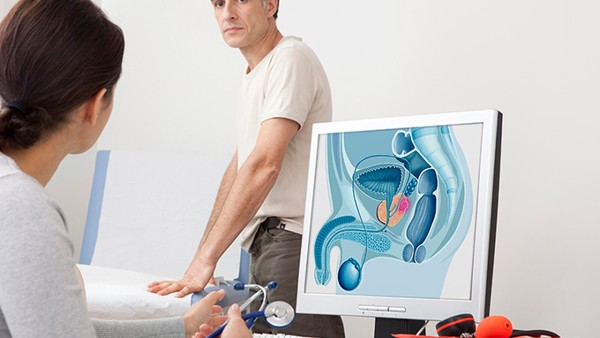How to Treat Joint Pain Caused by Osteoporosis

Osteoporosis is a condition that causes bones to become weak and brittle. It can lead to a number of health problems, including joint pain. Joint pain is a common symptom of osteoporosis, and it can be caused by a number of factors, including:
The loss of bone density: As bones become weaker, they are more likely to fracture. Fractures can occur in any bone in the body, but they are most common in the hips, spine, and wrists. Fractures can cause severe pain, and they can also lead to disability.
The buildup of bone spurs: As bones weaken, they can also develop bone spurs. Bone spurs are small, bony growths that can form on the edges of bones. Bone spurs can rub against other bones, causing pain and inflammation.
The thinning of the cartilage: Cartilage is a tough, flexible tissue that covers the ends of bones. It helps to cushion bones and reduce friction. As people with osteoporosis lose bone density, the cartilage on their bones can also become thinner. This can lead to pain and stiffness in the joints.
There are a number of treatments available for joint pain caused by osteoporosis. The best treatment for you will depend on the severity of your pain and the underlying cause of your osteoporosis.
Treatment Options
Medications: There are a number of medications available that can help to treat joint pain caused by osteoporosis. These medications include:
Bisphosphonates: Bisphosphonates are a class of drugs that help to prevent bone loss. They work by slowing down the breakdown of bone tissue. Bisphosphonates are available in both oral and intravenous forms.
Denosumab: Denosumab is a monoclonal antibody that helps to prevent bone loss. It works by binding to a receptor on the surface of bone cells. Denosumab is available in an injectable form.
Teriparatide: Teriparatide is a hormone that helps to stimulate bone growth. It is available in an injectable form.
Raloxifene: Raloxifene is a selective estrogen receptor modulator (SERM). SERMs are a class of drugs that have estrogen-like effects on some tissues in the body, but not in others. Raloxifene is available in an oral form.
Physical therapy: Physical therapy can help to improve range of motion, reduce pain, and strengthen muscles around the affected joint. Physical therapy can also help to improve balance and coordination.
Exercise: Exercise can help to strengthen bones and muscles, and it can also improve range of motion. Weight-bearing exercises, such as walking, running, and dancing, are particularly beneficial for people with osteoporosis.
Diet: Eating a healthy diet is important for overall health, including bone health. A diet that is rich in calcium and vitamin D can help to maintain bone density and reduce the risk of osteoporosis. Calcium is found in dairy products, leafy green vegetables, and fortified foods. Vitamin D is found in fatty fish, eggs, and fortified foods.
Lifestyle changes: There are a number of lifestyle changes that can help to reduce the risk of osteoporosis and joint pain. These changes include:
Quitting smoking: Smoking can damage bones and increase the risk of osteoporosis.
Reducing alcohol intake: Excessive alcohol intake can damage bones and increase the risk of osteoporosis.
Maintaining a healthy weight: Being overweight or obese can increase the risk of osteoporosis.
Getting enough sleep: Sleep is important for bone health. When you sleep, your body releases hormones that help to build and repair bone tissue.
Preventing Joint Pain Caused by Osteoporosis
There are a number of things you can do to help prevent joint pain caused by osteoporosis. These include:
Getting regular exercise: Exercise helps to strengthen bones and muscles, and it can also improve range of motion. Weight-bearing exercises, such as walking, running, and dancing, are particularly beneficial for people with osteoporosis.
Eating a healthy diet: Eating a healthy diet is important for overall health, including bone health. A diet that is rich in calcium and vitamin D can help to maintain bone density and reduce the risk of osteoporosis. Calcium is found in dairy products, leafy green vegetables, and fortified foods. Vitamin D is found in fatty fish, eggs, and fortified foods.
Maintaining a healthy weight: Being overweight or obese can increase the risk of osteoporosis.
Quitting smoking: Smoking can damage bones and increase the risk of osteoporosis.
Reducing alcohol intake: Excessive alcohol intake can damage bones and increase the risk of osteoporosis.
Getting enough sleep: Sleep is important for bone health. When you sleep, your body releases hormones that help to build and repair bone tissue.
The above is all the content that the editor wants to share with you. I sincerely hope that these contents can bring some help to your life and health, and I also wish that your life will be happier and happier.
Topic: #treat #joint #how














